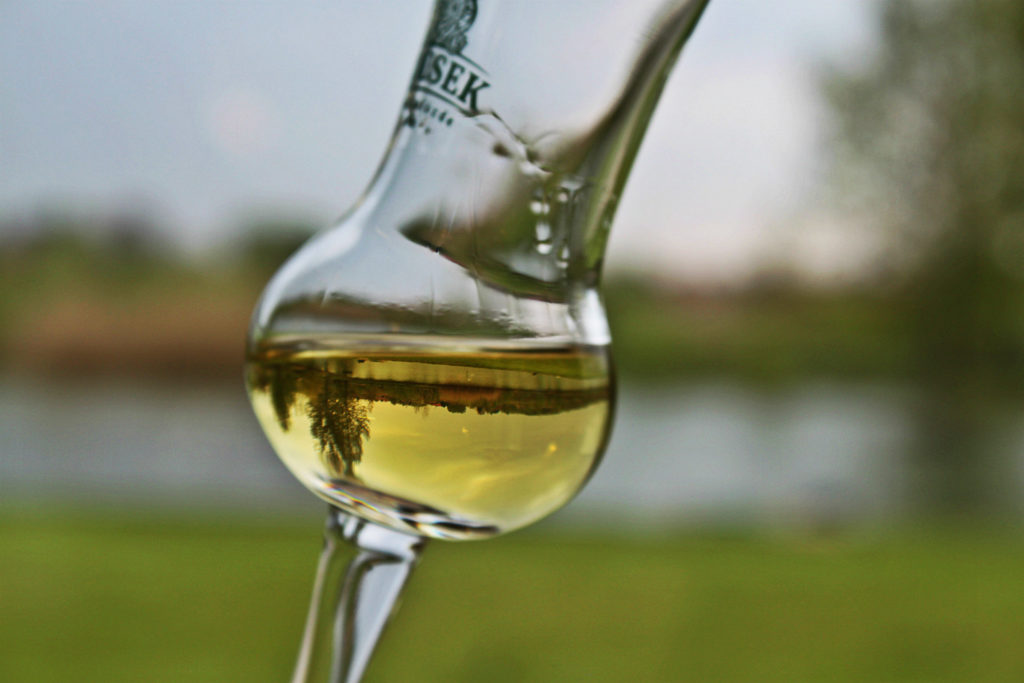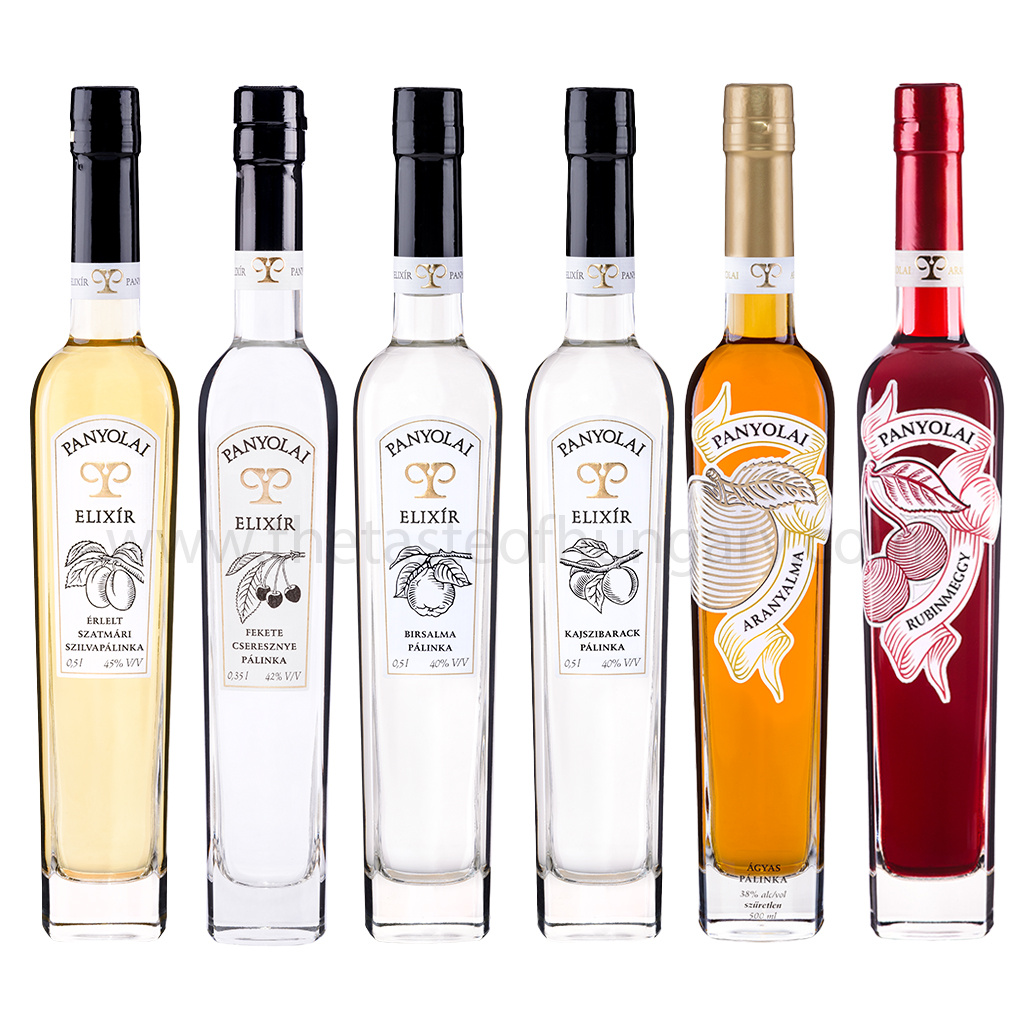In the world of spirits, pálinka stands out as a uniquely Hungarian creation, deeply rooted in the country’s cultural heritage and traditions. This potent fruit brandy, with its bold flavors and warming qualities, is more than just a drink; it’s a symbol of Hungarian hospitality and craftsmanship. Let’s delve into the fascinating world of pálinka, exploring its history, production process, and the diverse varieties that make it a beloved beverage in Hungary.
A Historical Legacy
Pálinka’s origins can be traced back to the Middle Ages, with its first documented mention in the 14th century. Initially, it was produced in monasteries and used for medicinal purposes, which were believed to cure various ailments. Over time, the production of pálinka spread throughout Hungary, becoming a staple in households and a central part of social and celebratory occasions. Its historical significance is further underscored by its protection under European Union law, which stipulates that true pálinka can only be produced in Hungary from Hungarian fruits.
The Art of Distillation
The production of pálinka is both an art and a science, requiring meticulous attention to detail and a deep understanding of traditional distillation techniques. It all begins with the careful selection of ripe, high-quality fruits. The choice of fruit is crucial, as it determines the final flavor and aroma of the pálinka. Common fruits used include apricot (barack), plum (szilva), cherry (cseresznye), and pear (körte), with each variety bringing its unique characteristics to the spirit.
Once harvested, the fruits are mashed and left to ferment, a process that converts the sugars into alcohol. The fermented fruit mash is then distilled in copper pot stills, a method that has remained largely unchanged for centuries. During distillation, the skill of the distiller is paramount, as it involves carefully separating the “heart” of the distillate—the purest and most flavorful part—from the “heads” and “tails,” which contain undesirable compounds. The result is a high-proof, crystal-clear spirit that captures the essence of the fruit.
Regional Varieties and Flavors
Pálinka is produced across Hungary, with each region having its specialties and unique flavors. The Kecskemét region, located on the Great Hungarian Plain, is renowned for its apricot pálinka, which is prized for its intense fruitiness and aromatic complexity. Szatmár, in the northeastern part of the country, is famous for its plum pálinka, which is known for its rich, deep flavors and smooth finish. Other notable regions include the Balaton area, which produces excellent cherry and pear pálinkas.

One of the most celebrated types of pálinka is Törköly, a spirit distilled from grape pomace—the leftover skins, seeds, and stems from winemaking. Törköly has a distinct, slightly earthy flavor and is often enjoyed as a digestif. Another unique variety is Vilmos, a brandy made from Williams pears, offering a delicate, aromatic profile that is particularly popular for its smooth and refined taste.
The Pálinka Experience
Drinking pálinka is an experience that goes beyond just tasting the spirit; it’s about savoring the craftsmanship and tradition behind each bottle. Pálinka is typically served in small tulip-shaped glasses, which help concentrate the aromas and enhance the tasting experience. It is best enjoyed at room temperature, allowing the full bouquet of fruit flavors to unfold. When sipping pálinka, take small sips and let the spirit linger on your palate, appreciating the balance of flavors and the warming sensation it provides.

Pálinka is more than just a drink; it’s an integral part of Hungarian social life. It’s often offered as a welcoming gesture to guests and is a staple at celebrations and family gatherings. Hungarians believe that pálinka brings people together, fostering a sense of community and camaraderie. It’s common to toast with a hearty “Egészségedre!” (To your health!) before taking a sip.
Visiting a Distillery
Visiting a distillery in Hungary is a must for those interested in experiencing pálinka at its source. Many distilleries offer guided tours that provide insight into the production process, from fruit selection to distillation and aging. These tours often include tastings, allowing visitors to sample a variety of pálinkas and appreciate the nuances of different fruit brandies. Some well-known distilleries, such as the Zwack Distillery in Budapest, also have museums dedicated to the history and culture of pálinka, offering a deeper understanding of this iconic spirit.
Conclusion
Pálinka is a testament to Hungary’s rich culinary and cultural heritage. Its bold flavors, aromatic complexity, and warming qualities make it a unique and cherished spirit. Whether enjoyed in the company of friends and family, sipped slowly on a quiet evening, or explored through a distillery tour, pálinka offers an authentic taste of Hungary. Raise a glass of pálinka and toast to the enduring traditions and craftsmanship that make this fiery fruit spirit a true Hungarian treasure.